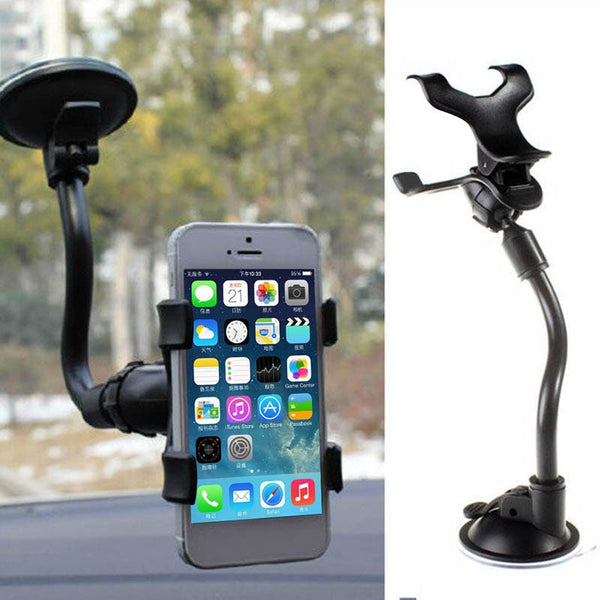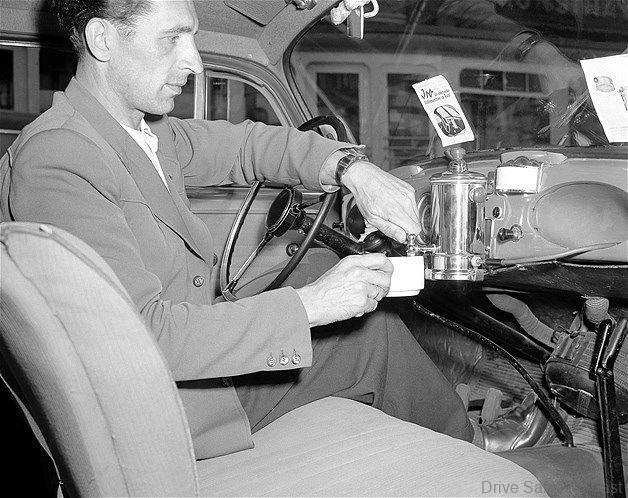
A car swivel trays is a fashionable accessory that allows you to keep all your car necessities at hand. The swivel tray pivots in between the driver/passenger and has nine pockets to hold your most essential items. An additional useful accessory for organizing your items is a PU leather rearseat organizer. This organizer is approximately 26" x 18, and it fits most vehicles. It protects the back seats from scratches.
Luno Air Mattress
The Luno Air Mattress is a car camping accessory that inflates in minutes. The mattress's unique design uses the back seat floorboard to act as a box spring. The rear seat floorboard is provided with additional inflatable cubes. The system is easy to inflate and deflate. It takes less than one minute. Simply flip the release valve to inflate the mattress, then roll it into a bag.
Igloo road trip cooler
Igloo has been producing high-quality, durable coolers here in the USA since 1969. This travel cooler comes equipped with a swing up handle and two molded handles, making it easy to lift. The 28-quart capacity offers ample storage space. The cooler also has an 8-inch cord that can be used to power it. It does not require ice. The unique design maximizes interior space for maximum cooling power and keeps food and beverages at 36 degrees Fahrenheit.

Ipely Headrest Hanger Hook
An innovative way to convert your backrest into storage space is with an IPELY Headrest Hook. The hook is strong and won't allow your stuff to slide around on the seat. It can be used to hang everything from your purse and baby supplies while you are on the go. And you don't need to disassemble your headrest to install it! Additionally, the installation of your headrest is done without risk.
Drive Auto Products Car Trash Can
The Drive Auto Products Car Trash Can makes a great accessory for traveling. It can store all your junk and helps keep your drinks cool. It also doubles as a seat organizer and trash can. It can hold 2.0 gallons, and it has two storage compartments. It is available in black or gray. Customers who have purchased the black version reported it working great for game cleanup.
Halmo's portable stove CARhandGEL
Halmo’s CARhandGgel portable Sanitizing Gel was an essential road trip item during the COVID-19 pandemic. This portable gel dispenser is unique in that it was specifically designed for car cup holders. If you purchase custom-branded products, your vehicle can have its own customized gel dispenser. You can also order your own personalized sanitizing gel to use while driving.
Power inverter
While most power inverters are designed for a limited amount of battery life, some have a reserve capacity that means the battery will last longer if it is used 50% of the time. The battery reserve capacity measures the capacity of a cell when it is at 60 to 75 degrees Fahrenheit. Batteries that are exposed to lower temperatures will discharge more quickly. A power inverter can be used to prevent a dead battery from being discharged.

Portable EV charger
A portable EV charging station can be attached to your vehicle to provide electric vehicle power while you are on the road. The first step in using a portable EV charger is to know which type of plug to use. Type 1 and 2 are the most commonly used plugs. While some EVs come with the latter, it's not a necessity. In most cases, a type 1 charger will work. However, the plug socket used on a charging station is different from a Type 2 charger. You can avoid problems by choosing a Type 2 portable electric vehicle charger.
Portable solar panel
A portable solar panel can be an excellent accessory to have when traveling. The panel can be attached to the solar port of a campervan or on a car's roof. Because of their efficiency, portable solar panels cost a lot, but they are also very reliable. There are several different types of portable solar panels on the market. Some panels come with batteries chargers while others don't. The most popular types are listed below.
FAQ
How can I fix my automobile as a hobby.
Why not make it a hobby if you're interested in cars? You could repair them yourself, buy parts for them and sell them. Or just have fun with them. It's a fun hobby that you can do if it interests you.
However, it's not easy to turn this into a full-time career. It requires a lot of hard work and dedication. It will also require a large amount of investment.
So unless you have a good reason for wanting to get involved with cars, then it might be best to leave it alone.
How long is an automotive course?
An automotive course is three years long.
The first year of your training is devoted to theory. You will learn all about cars. The second year will be spent in practical training. Here you will learn how fix engines, drive and other mechanic jobs. The final year includes a placement at an auto shop. This gives you real-world experience fixing real problems.
What are the requirements of an auto technician?
You must have high school, or GED, and be able to read and write well in English and math. You also need to be able to read and write well. The written test will be passed and you will then have to take several practical exams before you can begin work.
What qualifications are required to become a truck mechanic
You don't have formal qualifications for this role, but you are very experienced working on trucks and engines. Your experience is valuable because it allows you to diagnose problems quickly, efficiently and effectively.
Your knowledge of diesel technology will allow you to identify the parts that are required to fix our vehicles.
What is the difference?
The two are similar but not identical. A mechanic repairs cars while an automotive technician does maintenance on them.
A mechanic must have good manual dexterity and be able to perform simple tasks quickly. They must also be able to diagnose problems accurately and repair them effectively.
An automotive technician needs to be more technically skilled than a mechanic. They should be able read blueprints and use tools like drills and wrenches.
They must also be able perform complex procedures safely. They should also be familiarized with the different types of engines as well as electrical systems.
They must also be able comprehend how the various parts interrelate with one another.
As a result, a mechanic usually earns less money than an automotive technician. Both careers have many options.
Is it worthwhile to become a mechanic?
The answer depends on what you are looking for in life. If money is your goal, then you can answer "yes". But if you are searching for meaning and purpose, then you should not answer this question.
It's not worth learning mechanics if you don’t have the skills. You'll waste your time. It's not going make you millionaire. It won't make your name famous. You won't be famous.
You'd need to spend years learning how everything works. You would still need to hire someone to fix your car if it breaks down. Most people won't bother to do it. They find something better to do instead.
You can make a lot of money if you are looking to do well. However, if you want to have a meaningful and fulfilling life, avoid the mechanic's trade.
What does it matter which college I attend?
It's not true. There's no difference between colleges regarding getting into the automotive industry. There are some schools that offer more specific programs than others.
Statistics
- Apprentice mechanics earn significantly less hourly than mechanics who have completed training, with a median wage of approximately $14.50 an hour, according to PayScale. (jobhero.com)
- There were 749,900 jobs available for automotive service technicians and mechanics in 2016, which is expected to grow by six percent through 2026. (jobhero.com)
- 52% of Mechanics in the United States think their salaries are enough for the cost of living in their area. (indeed.com)
External Links
How To
How to correctly diagnose your vehicle for repairs
To determine if your car needs repairs, you should first look at the symptoms that your car presents. Next, you can follow these steps in order to diagnose your car.
-
Check engine lights. Check the dashboard light indicators such as the engine light indicator, the oil pressure gauge, the battery light indicator, the coolant temperature gauge, and the RPM gauge. If any of them have been flashing for several days, it may mean something is wrong with your vehicle.
-
Check the treads of your tires. Tires with worn treads could cause problems when handling or braking. It is also important to inspect the wheel treads. They should be clean and smooth. The best way to do this is to remove the wheels and take them off. To check the condition of your treads, use a flashlight.
-
Observe the brake fluid level. You must always monitor the level of your brake fluid. This will ensure that your brakes run smoothly. Your brakes may fail if the brake fluid level drops.
-
The suspension system should be tested. The suspension system in vehicles absorbs vibrations and shocks. It provides better control and allows smoother acceleration and deceleration. It might feel uncontrollable or wobbly if your vehicle is suffering from a suspension problem. You can test if your vehicle has a suspension problem by putting weight on either the front or back axle to see how it moves.
-
Examine your steering column. The steering columns are what connect the steering knob to the rest. Steering columns can be damaged by accidents. Replace it if your steering column feels loose or unsteady.
-
Observe the exhaust pipe. The exhaust pipes transport gases from the combustion chamber to outside. Exhaust pipes that are cracked or leaking can allow harmful fumes to enter your cabin. It is also important to repair any bends in your tailpipe immediately.
-
Look under your hood. To check for unusualities, look under the hood. Your engine could be leaking fluids. Also, professional technicians should be called if you detect an unusual smell coming out of your engine compartment.
-
The air filter should be checked. The air filter in your vehicle collects dirt and dust from the environment. Your vehicle will run less well if it has a dirty filter. Replace your air filter regularly.
-
Check the fan belt. The fan belt that connects your vehicle to the transmission is called the engine fan belt. If it breaks, the engine won't turn over. It is easy to replace the belt. You will need a screwdriver, pliers and a pair of pliers.
-
Check the radiator hose and hoses. The radiator hose is used to carry water from the radiator to your engine. It can become cracked or damaged and leak hot liquid onto your engine. Repairing the hose is easy with a pair of needlenose pliers or a small wire brush.
-
Check the windshield wipers. Windshield wipers use electricity to wipe away rain and snow. They can leave streaks on your windows glass if they stop working. Simply change the washer oil to fix the problem.
-
You should inspect the cables. Your car's electrical system is powered by batteries. When you replace batteries, make sure to disconnect the negative cable first. Failure to do so can damage your alternator.
-
Be sure to check your headlights. The headlights provide illumination for the road ahead. Poor visibility can result if the headlights don't function properly. To check if the bulbs have gone out, you can inspect them.
-
Make sure you have your lights on. You can warn other drivers if you approach them at night. If one doesn't work, it could distract you and lead to an accident.
-
Check the brakes. Before you have a collision, brakes slow down your car. If the brakes fail to work correctly, your car could lose control and collide with another vehicle.
-
Change the oil. Oil keeps your engine lubricated. This oil helps to prevent metal parts becoming too worn out. Changing the oil every month is recommended.